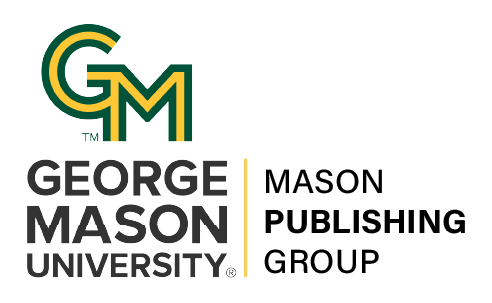ON DEMAND: Starting With Why in University Life: Expanding Access Through Collaboration and a Shared Holistic Awareness of Contemporary Student Communities (5 mins)
DOI:
https://doi.org/10.13021/itlcp.2020.2792Abstract
Contemporary students are a diverse and growing community of students across the country. They are adult learners (ages 25+), students who are parents, students formerly in foster care, fully online learners, students with military affiliations, and so much more. Most post-secondary institutions focus building their support services and programmatic initiatives with traditional aged students (18-23) who live on campus in mind. National data has shown a decline in the rate at which traditional age students are entering higher education. With competing priorities, financial precarity, and so many other variables – going directly to four-year institutions after high school is becoming more complicated. The Contemporary Student Services office at George Mason was implemented with the purpose of utilizing research, assessment, and student outreach in order to ensure that we’re creating and sustaining systems that work for our contemporary students. Because contemporary students succeed through flexibility and community building – building systems for them enriches the lives of all students on our campus. Making academic and student affairs programs that much stronger and effective. Concepts that we will explore during our workshop include utilizing consensus decision making, the creation of horizontal support, and student development theory. We will use a presentation and narrative style with an introduction of how we utilized these concepts to garner support for contemporary students, group discussions and a practitioner-focused framework that participants can use for their future endeavors in leveraging information to build new and relevant student-centered initiatives.
Outline of Presentation: Our presentation will include the following:
- Introduction of what we’re implementing at George Mason for student parents
- Campus demographics on contemporary students and parenting students
- How building and leveraging our reasoning for our campus partners helped us get to where we are and our next steps
- Building The Why
- Framework for how building the why can work at different post-secondary campuses
- How to build an assessment
- Identify barriers for success on your campus
- Identify opportunities on different campuses
- `An overview of consensus-based advocacy models/building rationale to support decision making and leveraging it to create action-orientated strategies across campus
- Leveraging The Why:
- Using a multi-pronged approach to build holistic support efforts across campus
- Accessibility and Inclusion
- Institutionalized Flexibility
- Horizontal Support
- Academic Support
- How to share the results of your assessments by utilizing strategic and meaningful partnerships to build advocates across campus
- Question and answer opportunity



